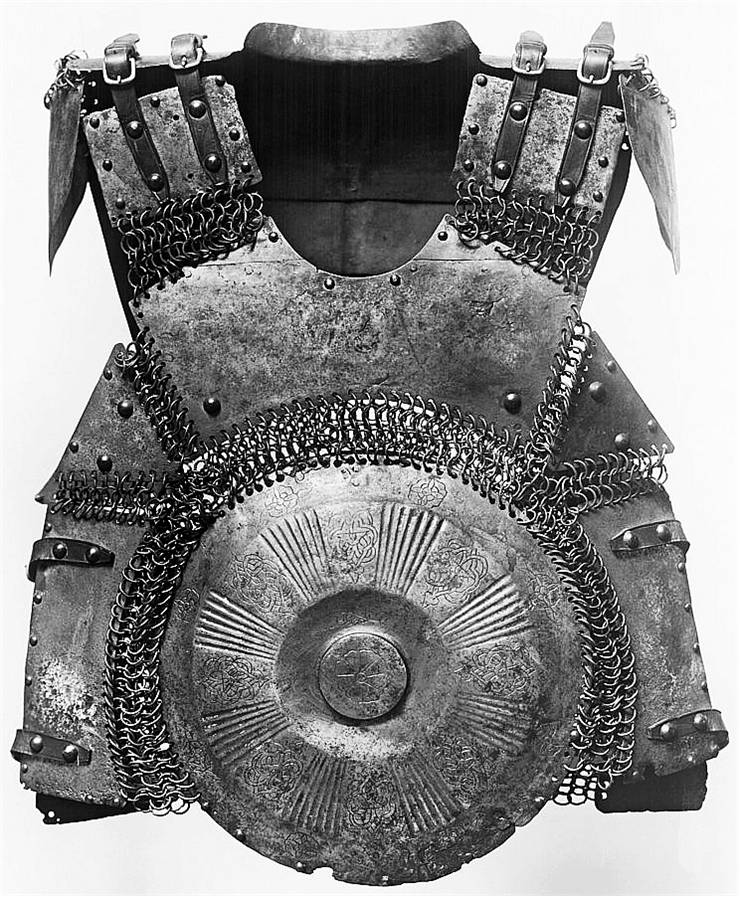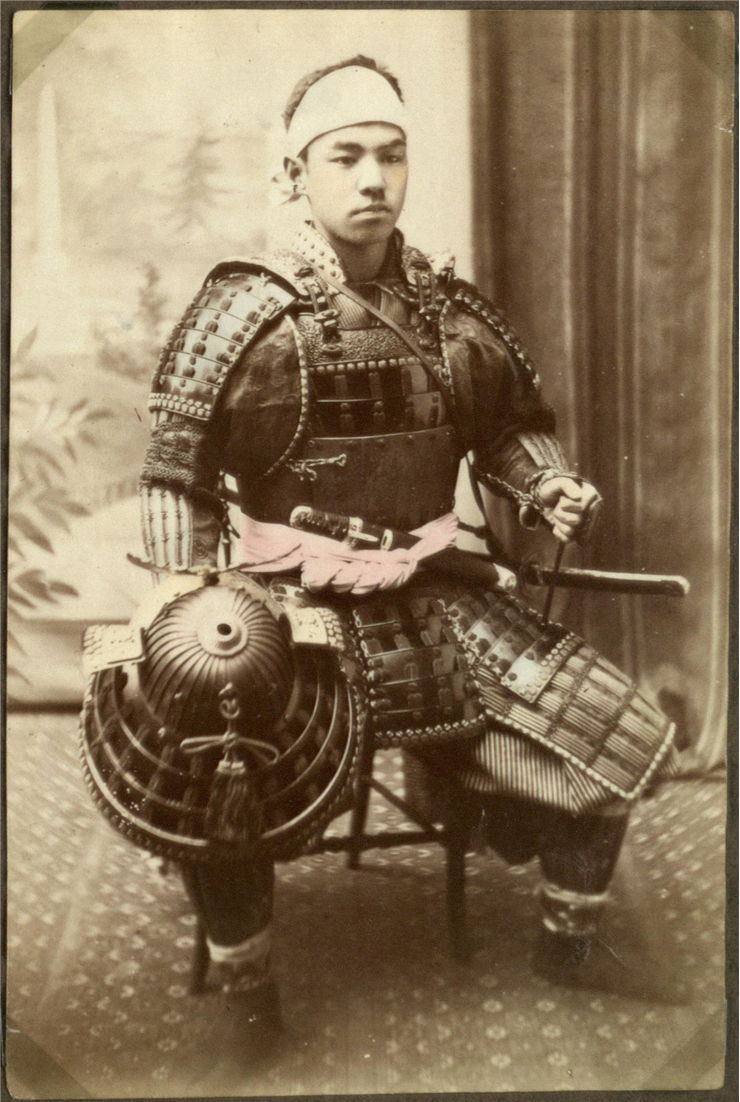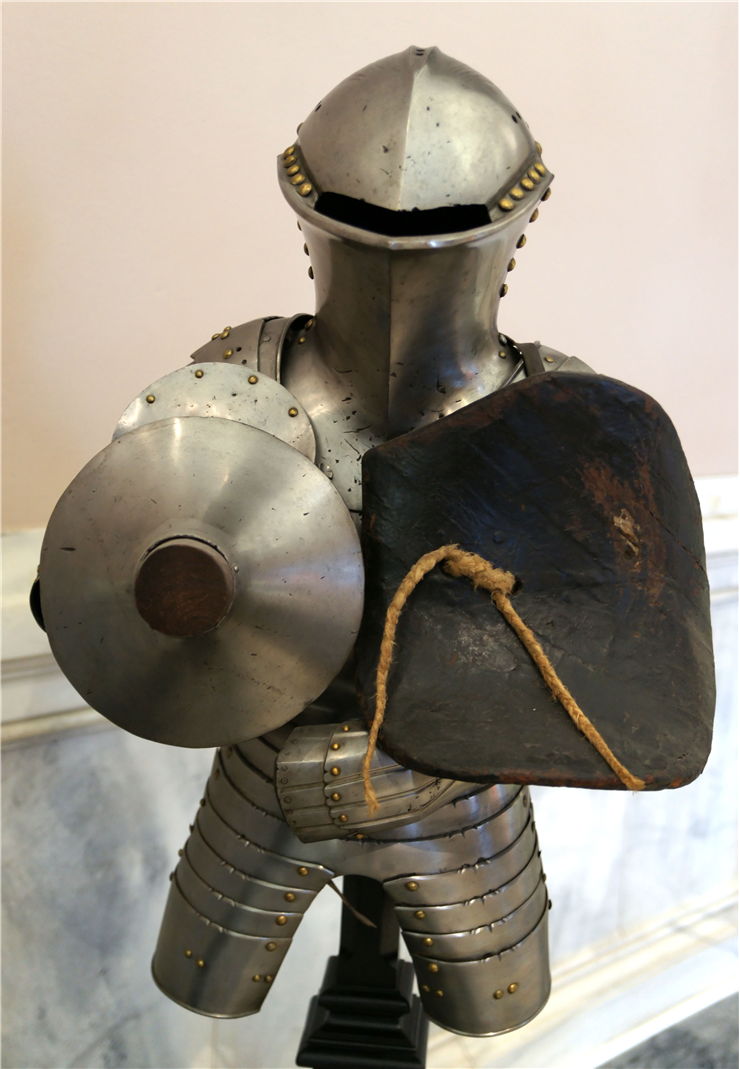Different Types of Armor
Advancements in technology, metallurgy, military tactics and fashion changes greatly influenced evolution of personal armors, enabling creation of many types of armors that helped us to reach modern times when advanced chemistry and industrial production has enabled creation of modern body armors. History of armors is separated in several distinct time periods, in which their manufacture and purpose changed significantly.
Types of armor by historical period:
Pre-metal armors – During early times of modern human history, soldiers and peacekeeping forces utilized wide variety of protective gear that was oriented for use by both on-foot soldiers and cavalry soldiers who all needed to have large mobility and range of motion. This protective gear was mostly made from wood, animal hide and in very rare cases simple plates created from light metals. One of the most famous ancient non-metal armors was Linothorax upper-body armor used by Macedonian and Greek soldiers between 1000 BC and 31 BC.
First metal body armors - Big change in the history of armor however came with the introduction of first full-body bronze armor (body cuirass, shoulder guards, breast plates and lower protection plates) some 3500 years ago in pre-republic Greece. Historians claim that one of the first chainmail armors made from interlocking iron rings was created by Celtic people in 500 BC Eastern Europe. This design was propagated through Europe by migrations of Celts toward the west. Another popular design was ring armors, who instead of “coins” used rings stringed above leather shirt that were mostly intended to prevent light wounds from sword and knife slashes.
Roman armors – The history of armors reached pivotal point with arrival of Roman Empire and their organized military might that relied heavily on well trained troops and use of metal armors. Two most popular armor types were “lorica hamata”, mail armor that used up to 30 rings and had basic design of Greek Linothorax, and “lorica segmentata” which used segmented metal strips made from various metals that were fastened by the network of internal leather strips. By 3rd and 4th century AD, lorica segmentata stopped being used and lorica hamata became standard armor of Roman army.
Asian armors – Asian armors were mostly based on lighter metals that was sometimes mixed with wood pieces. Most popular design in China and Japan were armors based on Lamellar design (small armor plates laced into horizontal rows), leather coat of plates, metal or wooden Brigandine, and of course very elaborate Samurai armors which culminated in “Ō-yoroi” six-piece design.
Middle Ages and Renaissance armors – After fall of Roman Empire, European soldiers (most commonly nobles who had funds for expensive war gear) stared using modified designs left over from Roman times. However, advances in metallurgy enabled cration of many new designs such as mail hauberk, full body steel plate armors that were worn by knights, various types of plate armor, many additional meatl protective gear.
Gunpowder era – Arrival of gunpowder and even heavy crossbows marked the end of the full plate armors and armored horseman, pushing armors back to the “light” state where small plates of metal were used only to protect critical areas of human body against bullet wounds (chest, stomach, head and sometimes neck). World War I and American Civil War were the last big wars where some soldiers in addition to their helms used armor plates, but that practice was not widespread and use of metal-armor pieces were viewed as impractical (and in some places cowardly).
Modern era – Second part of 20th century introduced many new advanced materials that can protect wearers against gunshot and blade wounds. Most commonly used materials today are ceramic plates, hardened plastic compounds, advanced metal alloys, and Kevlar fiber.


